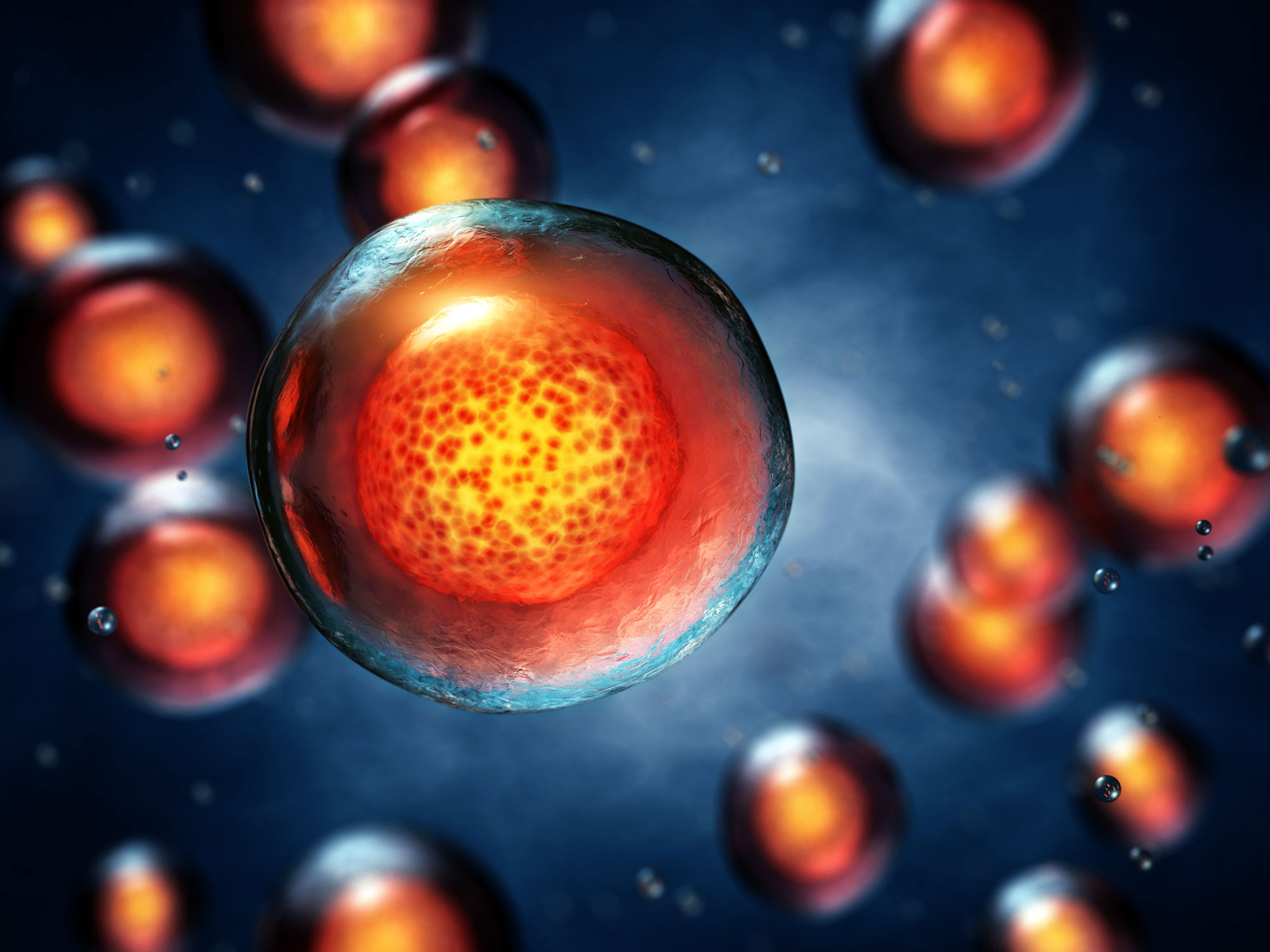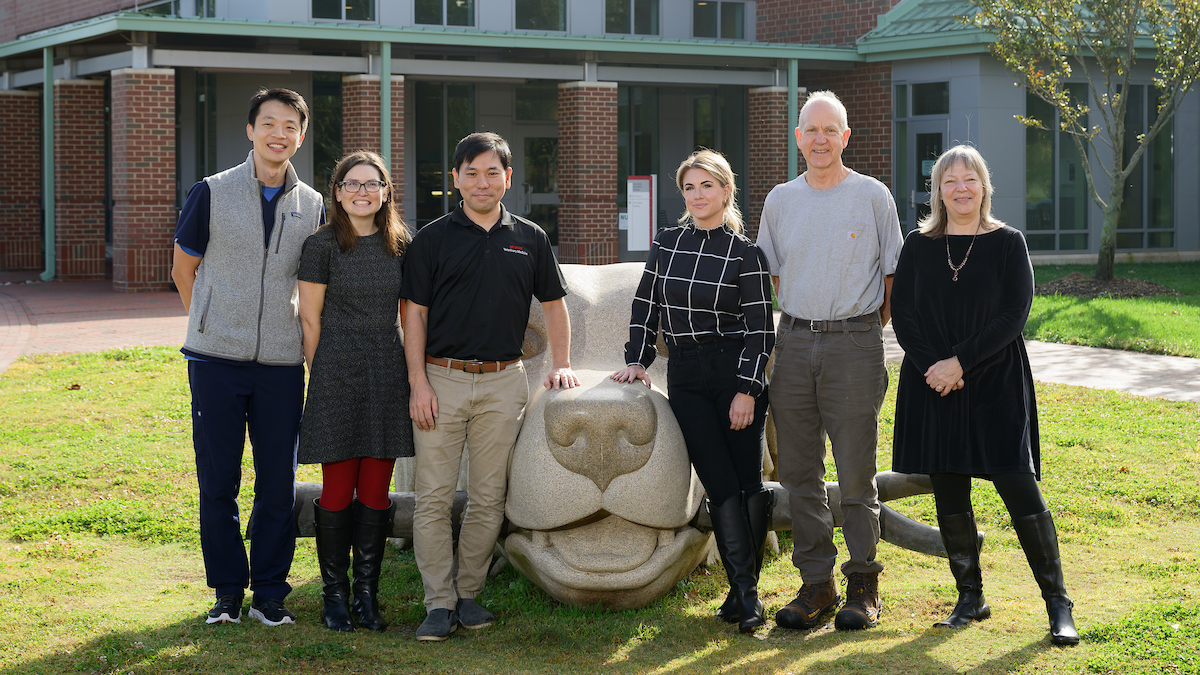Researchers Find Genetic ‘Dial’ Can Control Body Size in Pigs

Researchers from North Carolina State University have demonstrated a connection between the expression of the HMGA2 gene and body size in pigs. The work further demonstrates the gene’s importance in body size regulation across mammalian species, and provides a target for gene modification.
“Essentially, HMGA2 is a gene that controls the total number of cells that an animal has,” says Jorge Piedrahita, the Randall B. Terry Distinguished Professor of Translational Medicine and Director of the Comparative Medicine Institute at NC State. “The gene is only active during fetal development, and ‘programs’ in the number of cells that the animal will be able to generate. When the animal is born, it will only be able to grow to the size dictated by the number of cells that it can produce.”
Researchers had previously studied the HMGA2 analogue in mice, which have two different genes (HMGA2 and HMGA1) involved in body size and body mass index determination. Pigs and humans share the HMGA2 gene responsible for growth regulation in their species. The NC State study looked at body size in pigs that expressed both copies of the gene, one copy, or neither copy.
“We found that the amount of the gene expressed is proportional to the size of the animal,” Piedrahita says. “If both copies were expressed the pig was ‘normal’ sized. If one copy was expressed the pig was roughly 25 percent smaller than normal, and if neither copy was expressed the pig was 75 percent smaller.
“The animals grow and develop normally, although the boars with both copies of the gene deleted were sterile. Overall, it seems that controlling the expression of HMGA2 is like using a dial to control body size.”
The researchers also found that the deletion of HMGA2 affected the resources that the pig fetuses received in utero. In litters containing fetuses with both copies of the gene deleted and fetuses with one or more copy of the gene expressed, the fetuses with both copies deleted did not survive the pregnancy. However, if the litter only contained fetuses with both copies deleted, the fetuses survived and developed normally.
The research appears in Proceedings of the National Academy of Sciences, and was supported by the National Institutes of Health (grant R21-OD010553). Piedrahita is corresponding author.
~Tracey Peake/ NC State News Services


